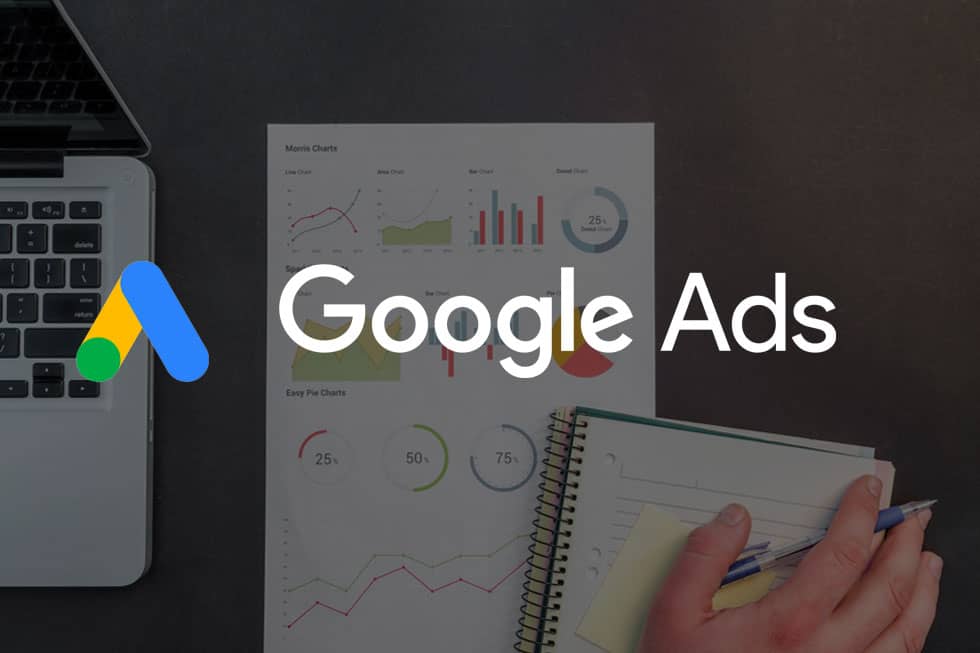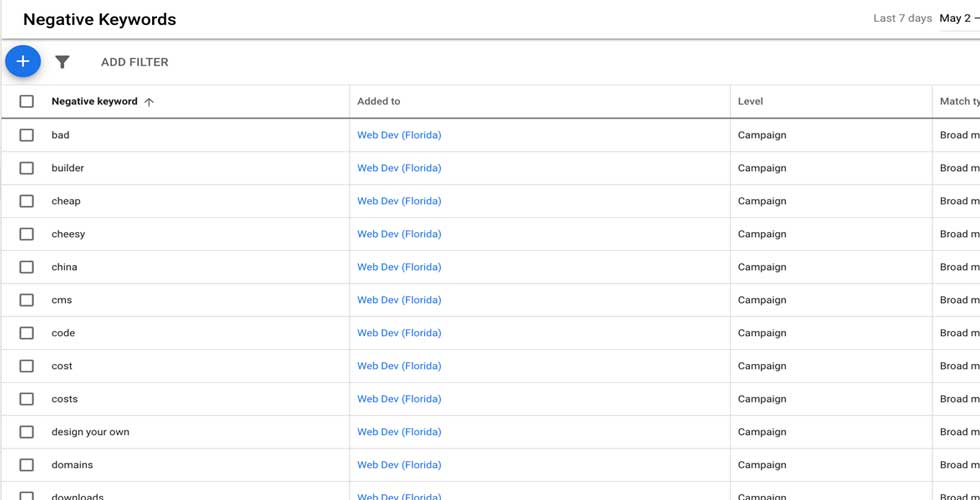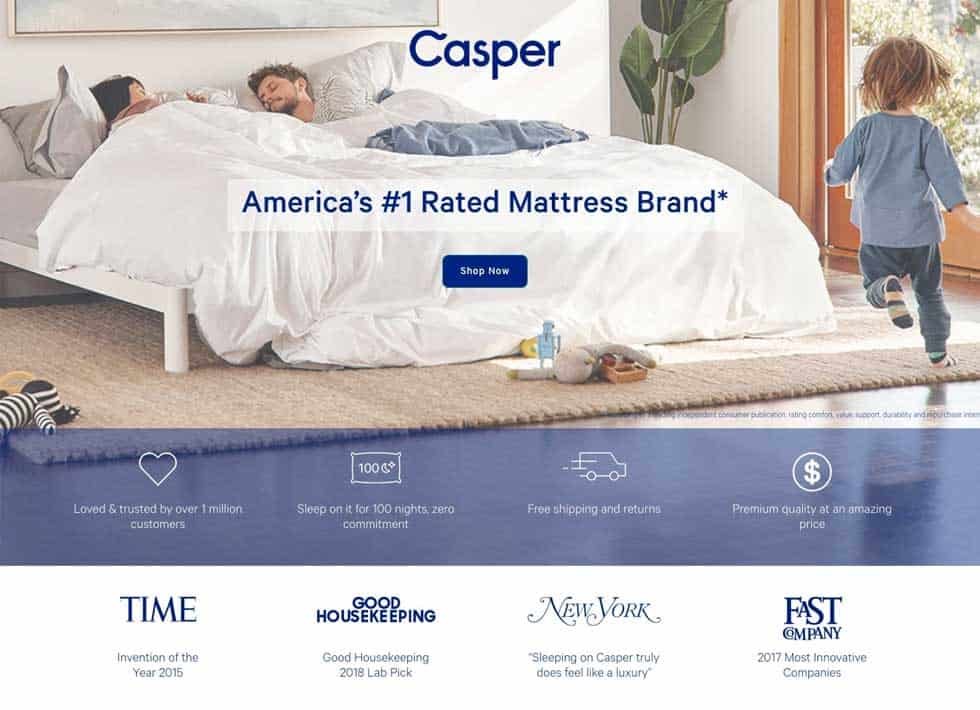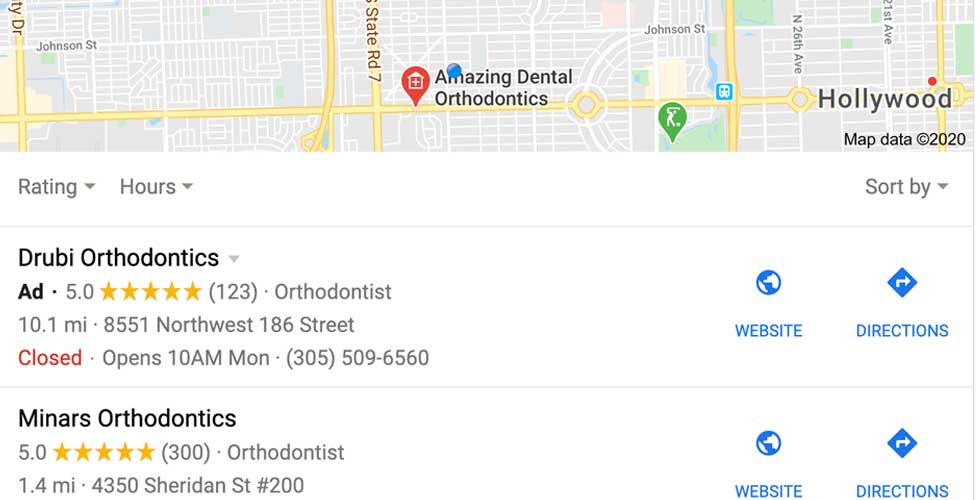
If you’ve hit a wall with driving ROI from your Google AdWords campaign, you’re not alone. Pay Per Click advertising can be daunting and requires expert knowledge and careful research to create a strategy that abides by Google’s best practices and drives qualified traffic to your website.
Thankfully we have good news! We’ve compiled 12 of the most common reasons Pay Per Click campaigns fail, and by following our guidance you’ll be well on your way to converting traffic into dollars.
1. Your budget is too low
We are approached all the time by startups in competitive industries who don’t understand just how much their competitors spend on digital marketing. It is not uncommon for even small to medium sized brands to drop tens of thousands monthly on AdWords. If you’re selling women’s cosmetics for example, you’ll be directly competing against giants like Sephora as well as dozens of very successful independent brands who have money to spend. Or let’s say you’re a small accident law firm. You’ll be bidding against those who have been in business for many years and have perfected their marketing strategies and can outspend and out perform you all day long.
It’s critical to be realistic about what you can achieve within the confines of your budget. For those who can’t spend much on PPC ads, you’ll need to limit the scope of your campaign and bid on a highly targeted set of keywords to show ads to a narrower audience.
We always tell our clients that the first month or so of any new PPC campaign will be used for data collection and observation. If conversions happen it’s a bonus, but the real goal is to run ads and take the learnings from this initial phase to improve performance for months two and beyond. This holds especially true in niches with high levels of competition.
Bottom line, be patient and don’t expect to drive a big ROI out of the gate.
2. You’re not using the right keywords
Keyword strategy is paramount when building an AdWords campaign. Proper research will uncover the right words, combinations of words and phrases to drive qualified traffic to your website or landing page. AdWords’ ‘Keyword Planner’ tool will show you things like Search Volume, Cost Per Click and Competition for each keyword. It can also suggest AdGroups to better organize your campaign and show you keyword variations you may not have thought of.
Using the wrong keywords will result in you paying for traffic from people who may not be interested in what you’re selling. This means high bounce rates, low conversion rates and money wasted.
3. You’re not using negative keywords
While it’s important to select keywords that you want your ads to show up for, it’s sometimes just as important to include keywords that you don’t want associated with your products or services.

Let’s say you’re a luxury women’s shoe brand. You most certainly don’t want your ads to show for things like “cheap shoes” or “discount shoes”. You can add these search terms to the “Negative Keywords” section in your Campaign, which will ensure your ads do not appear when customers use them in searches.
4. You’re not geotargeting
It’s always surprising to see, but sometimes local businesses will be running PPC ads for the entire United States. This will waste a tremendous amount or money as you’ll be charged for clicks in geographic areas that are not relevant to your businesses.
Additionally sometimes even a nationally focused service or product can benefit from targeting only major metropolitan areas, or areas where their target demographic lives. This is a great way to maximize your budget and show ads to a more refined and interested audience.
5. You’re not taking advantage of low hanging fruit
When performing keyword research for competitive niches, it’s a great option to choose keywords that have less competition and a lower cost per click. Sometimes the most popular keywords are just not feasible to bid on.
Look for “long tail” keywords or keywords that are slight variations of the most popular queries. This allows you to reduce your budget while still driving clicks from people who are interested in what you are advertising.
6. Your ad copy is not working hard enough
Ad Copywriting is an often overlooked component of building a successful campaign. Google AdWords ads are delivered in a text-only format and you have a limited number of characters in your headline and supporting copy. You’ll need to carefully craft your marketing messages to be as concise yet convincing as possible.
Great ad copy can dramatically increase click-through rates, which can in turn increase your ad position and overall performance. Use keywords, value propositions and differentiating factors in your ad copy, but avoid sounding too salesy.
Review competitor’s ads to learn from their approach, and don’t be afraid to borrow from (not copy) their strategy. Your top competitors have certainly been running ads for longer than you, and it’s a good bet that they have thoroughly vetted their ad copy and are serving ads they know drive results.
7. Your quality score is low
As defined by Google “Quality Score is an estimate of the quality of your ads, keywords, and landing pages. Higher quality ads can lead to lower prices and better ad positions.”
Quality scores are given on a scale of 1-10 for each ad in your account and can impact ad position and how much you pay per click. As mentioned previously, it starts with carefully crafted ad copy that includes the proper keywords and follows Google’s formatting guidelines. It ends with a great landing page that is relevant to the ads linked to it (see our next point).
8. You’re not using landing pages
One of the biggest rookie AdWords fails is sending traffic to pages with a low degree of relevance to related ads and keywords. This will not only result in low quality scores, but also low conversion rates.
When deciding which ads to show for a given search query, Google is factoring in the relevance and quality of the page the ads are linked to. The more relevant the landing page content the better chance you’ll have at making Google happy.
Below is an example of a Landing Page for the popular mattress brand Casper. There is no navigation menu and the only call to action is a “Shop Now” button that drives you directly to their online catalog. The rest of the page consists of value propositions and social proof that people love their product. This is how it’s done!

Often, as with the above example, landing pages are not even pages that exist within the public sitemap of a website. This means you won’t find them in the navigation menu. Instead, the pages are only available for people who click on the PPC ads they link to. This ensures any traffic coming to the pages is highly qualified.
9. You’re not using ad extensions
Ad extensions are a great way to append things like sitelinks, click to call numbers, customer reviews and supplemental information that will be valuable to potential customers.

Google determines where and when to show ad extensions and it often differs from desktop to mobile. For mobile ads call extensions and local ad extensions are paramount. As of 2018 Google noted that 46% of all searches have local intent, so providing a direct way for people to find and contact you can have drastic impacts on your bottom line.
10. You’re not using the location extension to run Local Search Ads
The location extension has been a gold mine for businesses not lucky enough to appear in Google’s infamous Maps Pack for local listings. Google calls these Local Search ads.

Location extensions allow for PPC ads to show up in the Maps Pack by using NAP (name, address and phone number) information from a linked Google My Business account. This means even if you don’t rank well organically for maps, you still have a chance to show up on Page 1. However, at the time of writing this article there is no way to control what position local search ads appear in. Results are dictated strictly by Google’s algorithm.
11. Your Website or Landing Page Sucks
If you’re doing all of the above correctly and still not converting traffic into leads or sales, perhaps your website needs some help. Driving traffic to your website or landing page is only half the battle. Your referring page must include key factors known to drive conversions.
These include, but are not limited to:
- High degree of relevance to associated ads
- Clear messaging
- Calls to action
- Clear content hierarchy
- Professional photos/video
- Intuitive navigation
- Value propositions
- Social proof
- Reviews
- A modern, modern-responsive design
- Fast loading time
- Free from typos
- Free from coding bugs and functional/technical issues
12. You’re Not Reviewing Your Analytics
It’s always shocking to hear from clients that their campaign analytics are not being tracked and/or haven’t been synthesized in any meaningful way. At a minimum, make sure your AdWords and Google Analytics accounts are linked and review your campaign metrics on a daily, weekly and monthly basis.
Here are some key metrics to look out for when reviewing your AdWords analytics;
- Impressions
- Cost
- Clicks
- Average CPC (Cost Per Click)
- Conversions
- Impressions by Campaign
- CTR by Ad Groups
- CTR by Campaigns
- Cost Per Conversion
- CTR
To Summarize
Don’t be lazy when it comes to your ads or landing pages. The results you get will be reflective of the work you put in upfront, so do your homework and set up campaigns with sound strategies behind them. Also, learn about all of the tools Google offers you to enhance your campaigns and decide which are best for your business.
Let`s Get
In Touch
Contact us today for a free consultation
and cost estimate for
your project.
We work with companies in all
industries, big or small.
Give Us a Call: 786-529-6039
Services
©2024 FUZE DIGITAL INC. Ignite Your Brand™ | privacy





